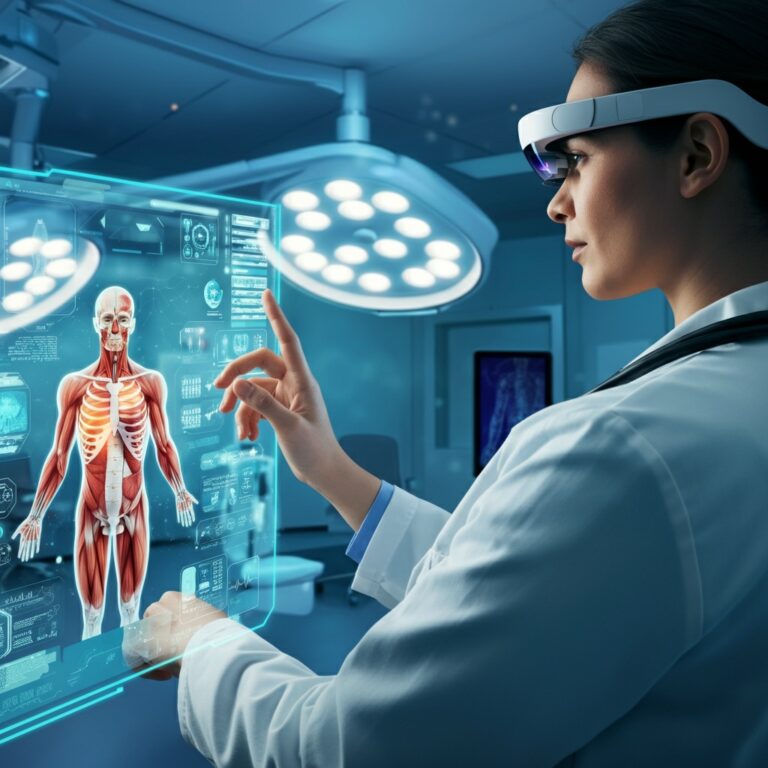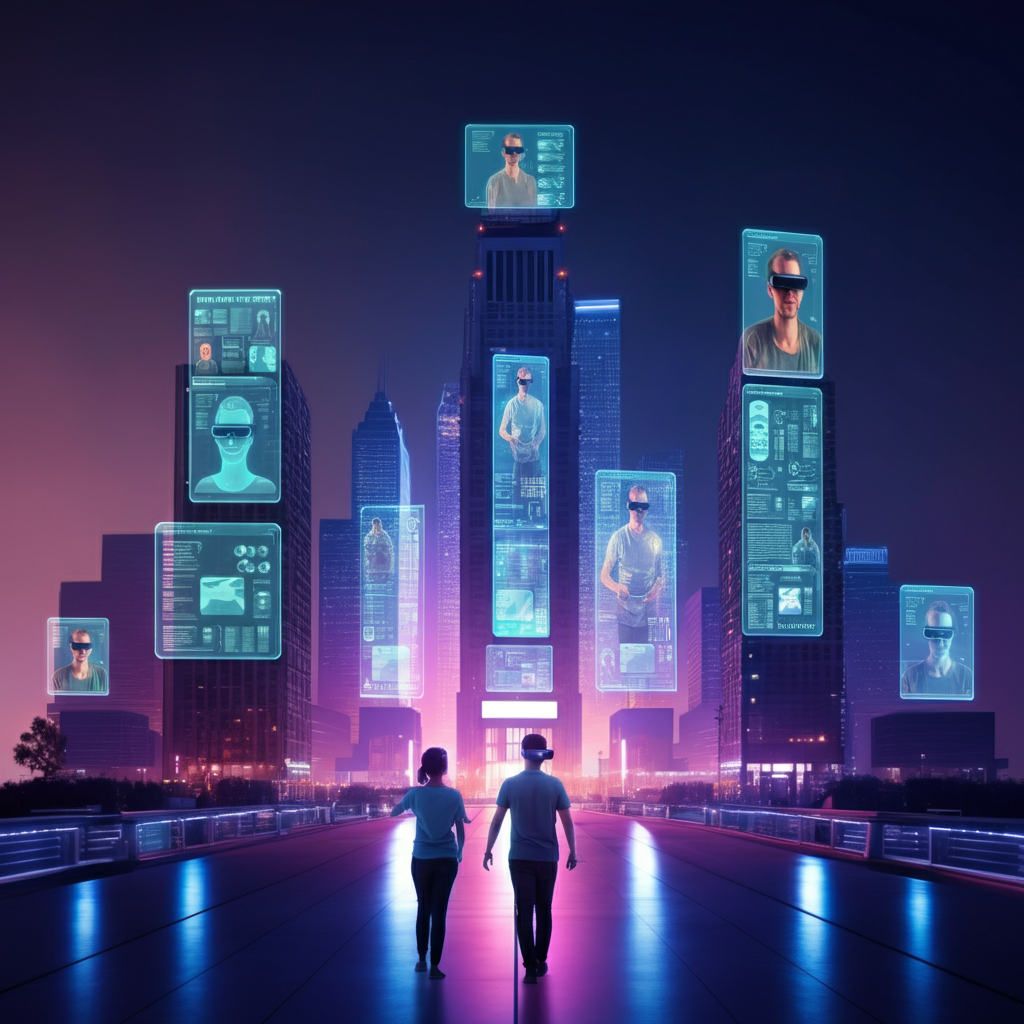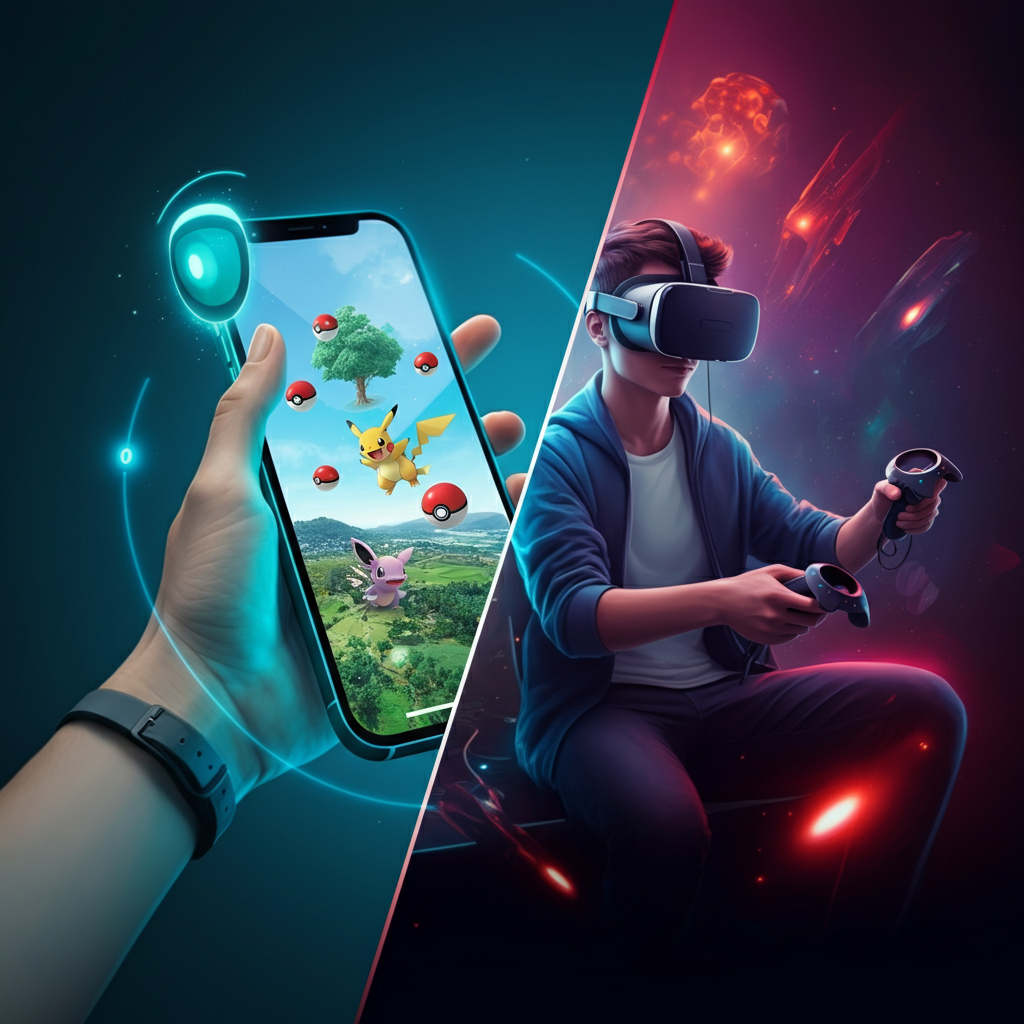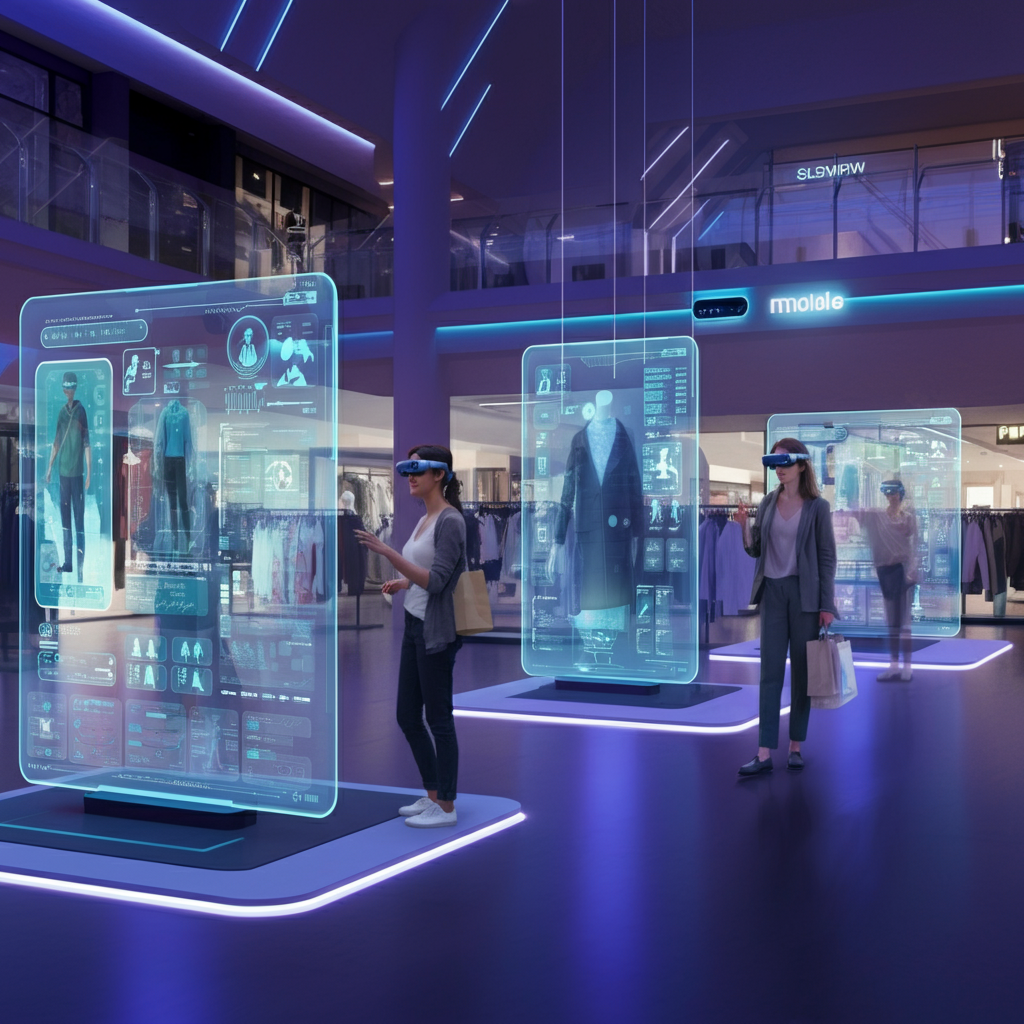AR in Healthcare: Augmented Reality (AR) is rapidly transforming the healthcare industry, creating new possibilities in patient care, medical training, and diagnostic procedures.
By overlaying digital information onto the physical world, Artificial Intelligence enables healthcare professionals to visualize complex anatomy, simulate surgeries, and enhance their understanding of medical conditions.
From improving precision in surgeries with AR-guided tools to helping medical students train through lifelike simulations, the technology offers unparalleled opportunities for innovation.
Additionally, AR is reshaping patient experiences, empowering them to better understand their diagnoses through interactive, 3D representations.
As AR continues to advance, its role in healthcare is becoming increasingly indispensable, bridging the gap between technology and compassionate care.
Healthcare in the USA faces numerous challenges, ranging from escalating costs to staff shortages.
Could AR be the innovative solution needed to improve efficiency, precision, and patient outcomes?
This blog explores how AR is applied in hospitals, medical training, and patient care while navigating the opportunities and challenges it brings.
Understanding AR in Healthcare in the USA
Understanding healthcare in the United States requires an appreciation for its dual nature of outstanding innovation and persistent challenges.
The U.S. healthcare system is globally recognized for groundbreaking medical advancements and its contributions to research and development. However, systemic issues significantly impact its effectiveness and accessibility.
Among these challenges, the high cost of care looms large, with patients shouldering substantial out-of-pocket expenses that make necessary treatments unaffordable for a significant portion of the population.
Despite the immense financial investment in healthcare, patient outcomes in the U.S. often lag behind those of other developed nations.
Additionally, the industry faces critical healthcare workforce shortages, placing immense pressure on existing staff and threatening the quality of care delivery.
Addressing these challenges requires the adoption of innovative technologies and operational strategies to enhance care accessibility, improve patient outcomes, and bridge the labor gap.
These challenges necessitate the integration of innovative technologies to enhance care delivery and operational efficiency.
Transforming Healthcare Landscape for a Healthier Future
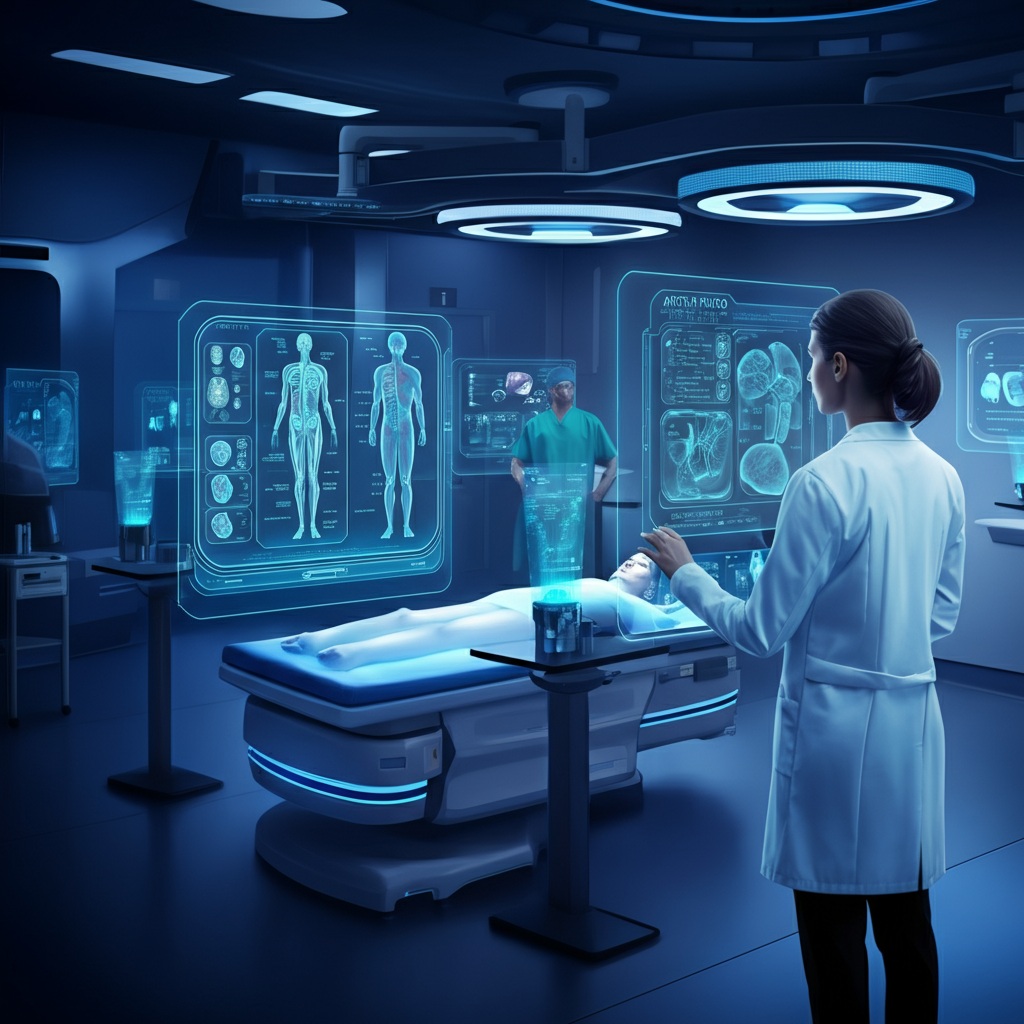
1. Enhanced Surgical Planning:
AR technology allows surgeons to visualize 3D models of a patient’s anatomy overlaid onto their actual body during surgery. This capability helps in precise planning and execution, reducing risks and improving surgical outcomes. Surgeons can identify potential complications before they arise, leading to safer procedures.
2. Improved Diagnostics:
AR applications can overlay digital images from medical scans (like MRIs or CT scans) directly onto a patient’s body. This helps healthcare professionals visualize complex anatomical structures in real-time, facilitating quicker and more accurate diagnoses. For example, patients can indicate areas of pain, allowing doctors to focus their examinations effectively.
3. Telemedicine and Remote Collaboration:
AR enables real-time collaboration among healthcare professionals, regardless of their geographical location. Specialists can guide less experienced colleagues through complex procedures using AR overlays, which enhances training and improves patient care access in underserved areas.
4. Patient Engagement and Education:
By using AR, healthcare providers can create interactive experiences that help patients understand their conditions better. For instance, patients can see 3D visualizations of their tumors or other medical issues, which empowers them to engage more actively in their treatment plans.
5. Support for Mental Health and Rehabilitation:
AR is being utilized in therapeutic settings to assist patients with mental health issues or rehabilitation needs. For example, AR applications can create immersive environments that help patients manage anxiety or PTSD by providing engaging distractions during therapy sessions.
Applications of Augmented Reality (AR) in Hospitals and Healthcare
Augmented Reality (AR) is transforming the healthcare industry by offering innovative solutions that enhance training, patient care, rehabilitation, and research. For medical training, AR provides interactive and immersive learning experiences. Students can explore 3D models of the human body, gaining a lifelike understanding of anatomy without the need for cadavers. Aspiring surgeons can use AR to rehearse procedures step-by-step, improving accuracy and instilling confidence. Simulation tools powered by AR also allow healthcare professionals to practice complex procedures in safe, controlled environments.
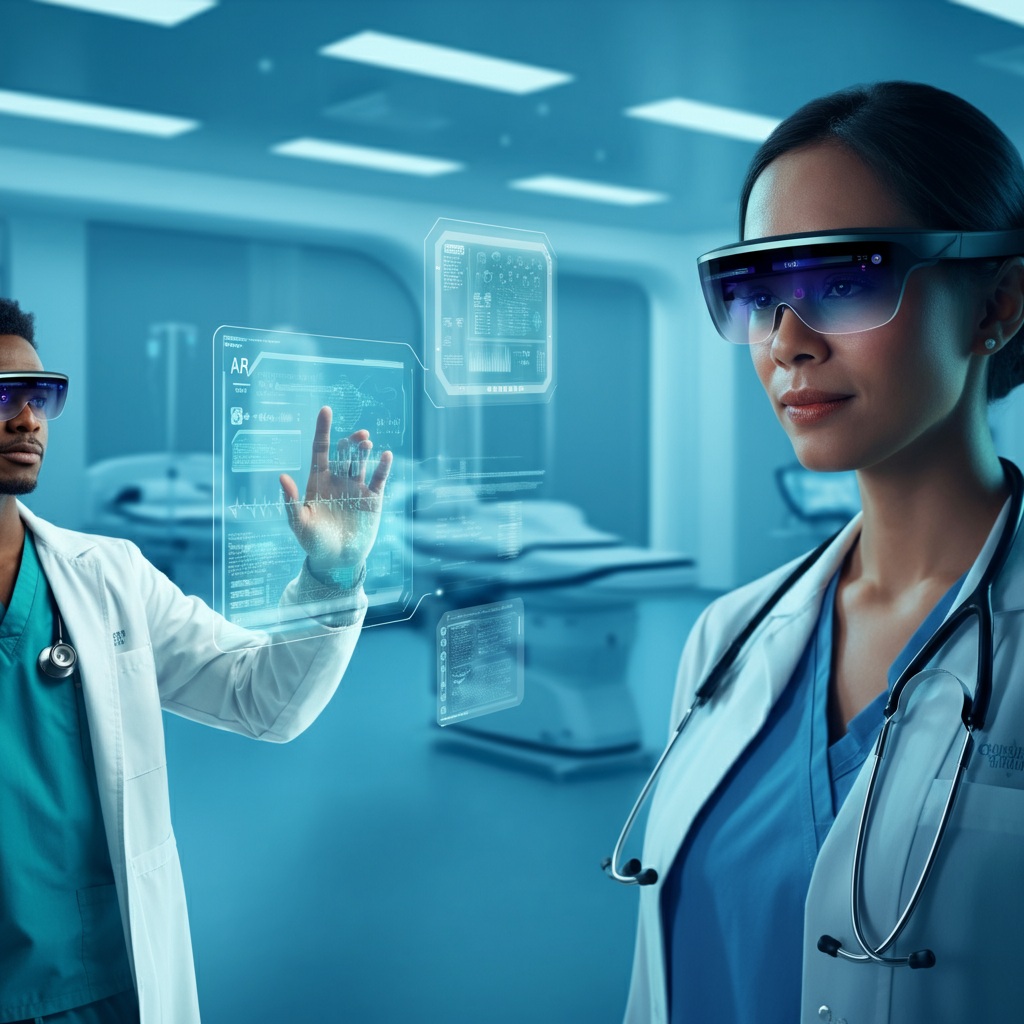
When it comes to patient care, AR is setting new standards for diagnostics, surgeries, and communication. For instance, AR overlays allow doctors to view real-time imaging insights during examinations, such as highlighting blood vessels to aid in complex diagnoses.
During surgeries, AR facilitates precision by overlaying visual data onto patients’ bodies, as demonstrated by tools like Microsoft’s HoloLens. Additionally, AR in Healthcare enhances communication with patients by visualizing medical conditions and treatment plans, making complex information easier to understand and fostering trust.
AR is also revolutionizing physical therapy and rehabilitation by making recovery more engaging and data-driven. Interactive AR exercises gamify rehabilitation, motivating patients with visual feedback and progress tracking. Therapists benefit, too, as AR-powered wearables enable continuous monitoring of patients, allowing for informed adjustments to treatment plans.
Finally, AR is advancing medical research by reimagining data visualisation and collaboration. Researchers can analyse immense datasets in 3D, uncovering patterns that are difficult to detect in traditional formats. AR also facilitates real-time collaboration among researchers across the globe, accelerating the pace of breakthroughs and innovation.
By integrating AR into these various aspects of healthcare, hospitals and medical professionals are not only improving outcomes but also fostering environments that are immersive, efficient, and patient-focused.
Benefits and Challenges of AR in Healthcare
Augmented Reality (AR) is revolutionizing healthcare by merging cutting-edge technology with medical practice, offering both remarkable benefits and notable challenges.
On the positive side, AR in Healthcare enhances efficiency and precision in medical procedures, reducing human error and making treatments safer.
Its advanced diagnostic tools empower healthcare professionals to make faster, well-informed decisions, directly improving patient outcomes and recovery rates.
However, the integration of AR into healthcare also faces significant hurdles. The high cost of implementation can strain already limited budgets, especially in under-resourced facilities.
Additionally, healthcare professionals require specialized training to effectively use AR tools, posing a challenge for widespread adoption.
Ethical concerns, particularly around data privacy and patient consent, further complicate its use. While AR holds immense promise, addressing these challenges is crucial for its seamless and equitable integration into healthcare systems.
The Future of AR in Healthcare
Augmented Reality (AR) is poised to revolutionize the healthcare industry, offering innovative solutions to some of the most pressing challenges faced today.
From enhancing diagnostic accuracy to bridging the gap in remote care, AR is set to empower healthcare professionals with cutting-edge tools.
Wearable AR devices, such as smart glasses and contact lenses, are expected to extend healthcare accessibility beyond hospital walls, allowing for seamless integration into everyday medical practices.
When paired with artificial intelligence, AR in Healthcare could transform diagnostics through intuitive, self-calibrating tools capable of simplifying complex medical assessments.
Additionally, AR holds immense potential in addressing disparities in rural and underserved areas by enabling virtual examinations and consultations.
Over the next decade, these advancements could become a routine part of healthcare, offering personalized treatment options and creating a more connected and efficient system for both providers and patients.
Exploring AR’s Potential in Healthcare
Augmented Reality (AR) is revolutionising the healthcare landscape, offering innovative solutions to some of the industry’s most pressing challenges.
By integrating AR in Healthcare into medical practices, healthcare professionals can enhance training, improve diagnostics, and streamline complex procedures.
AR technology enables surgeons to visualize organs in 3D, provides real-time guidance during operations, and supports medical education with interactive models.
For patients, AR can improve access to care through virtual consultations and assist with rehabilitation via engaging, immersive therapy programs.
Adopting AR in healthcare presents an opportunity for professionals, researchers, and tech innovators to drive efficiency, improve outcomes, and tackle systemic accessibility issues.

